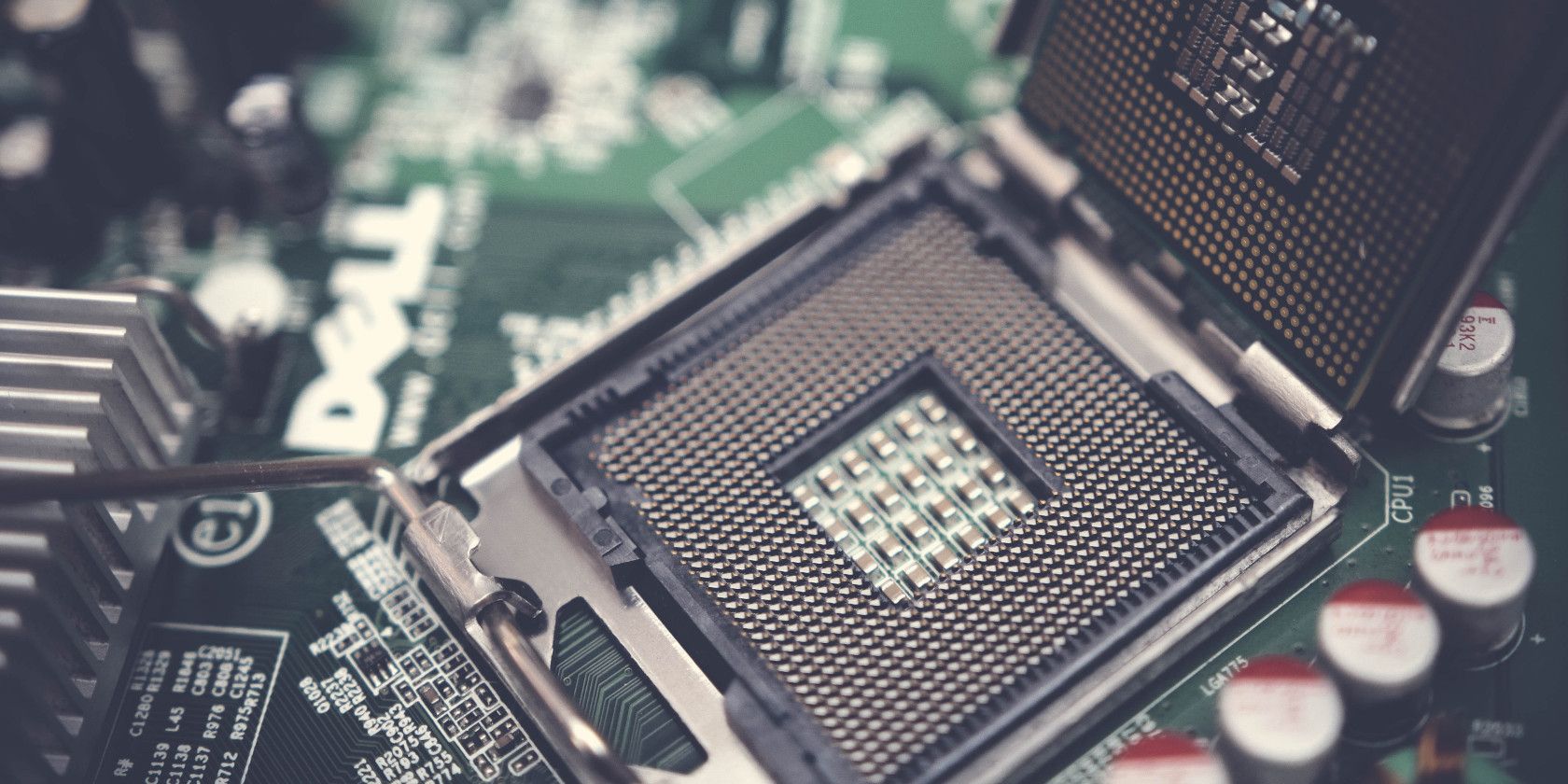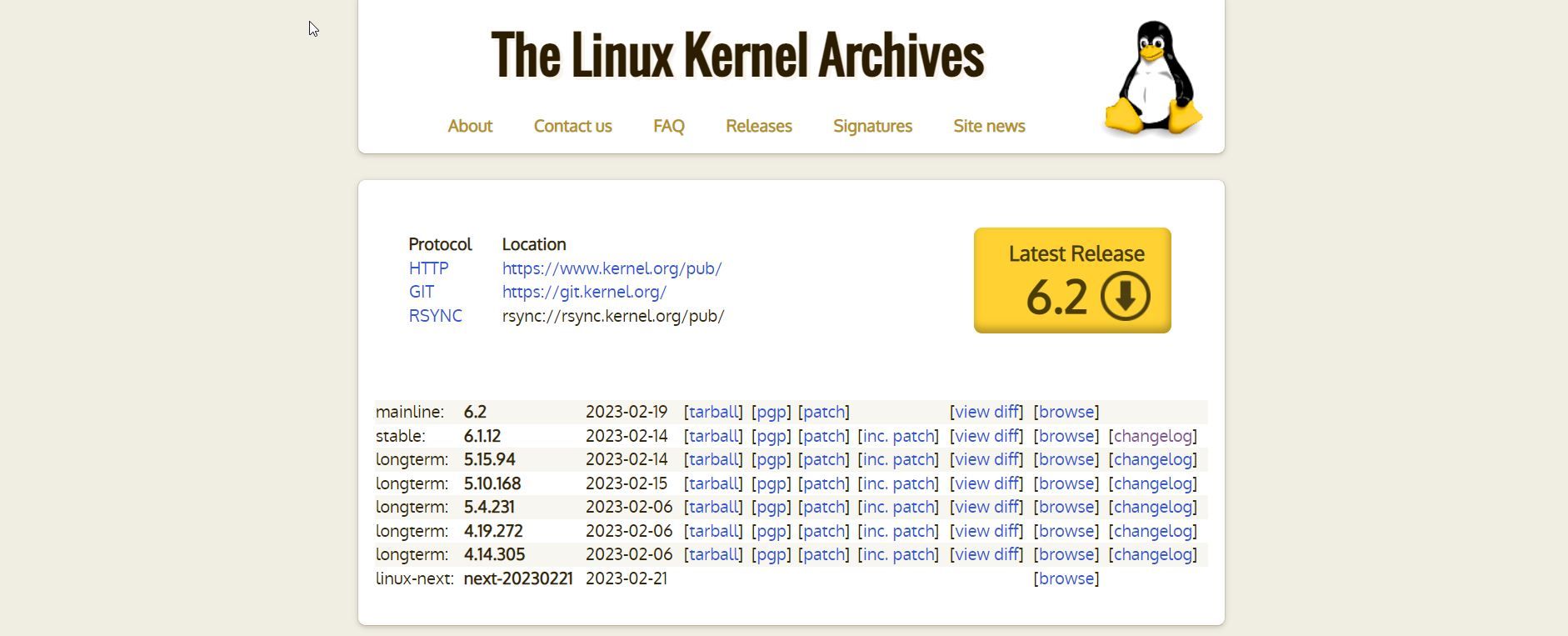Version 6.2 of the Linux kernel has been released. The main improvement is official support for Apple Silicon hardware.
Apple Silicon Support Debuts in Linux 6.2
Linus Torvalds was modest about the new kernel in his announcement of the new release on the Linux Kernel Mailing List.
“Nothing unexpected happened last week, with just a random selection of small fixes spread all over, with nothing really standing out,” Torvalds said. He joked that users could browse through the highly technical changelog if they were bored.
Despite Torvalds’ apparent humility, there is a major change in the kernel. It’s the first mainline kernel to officially support Apple Silicon chips, according to OMG! Ubuntu! The release builds on the work of Asahi Linux developers porting Linux to the new Apple chips.
More Windows, Gaming, AI Enhancements in Linux 6.2
Other improvements include the ability to make files hidden when accessing Windows NTFS partitions, as well as access to case-insensitive files. This will make working with Windows files and folders easier from Linux.
There is the usual slew of hardware support improvements. Sony DualShock controllers are supported, as well as the Gaudi2 AI accelerator from Habana Labs. ASUS motherboard sensors are also supported. All of these improvements will support two growing markets for Linux: AI and gaming.
Linux 6.2 Release Proves Linux’s Open-Source Productivity
Version 6.2 of Linux shows how Linux’s open-source development model enables the kernel’s developers to roll out new features quickly.
Despite being incubated on x86 hardware, and the 386 chip in particular, Linux has expanded to nearly every architecture available. This is due to developers being able to access and change the source code of the kernel.
As new hardware comes on the market, developers scramble to port software to it. This makes Linux a platform of choice for mobile and embedded development.
Users Can Try Linux 6.2 if They Dare
While most users will likely be content to wait for their distribution to package Linux 6.2 in their system, those who are brave enough to experiment with the new kernel can try it immediately. It’s possible to download and compile the kernel and try out the new enhancements.


